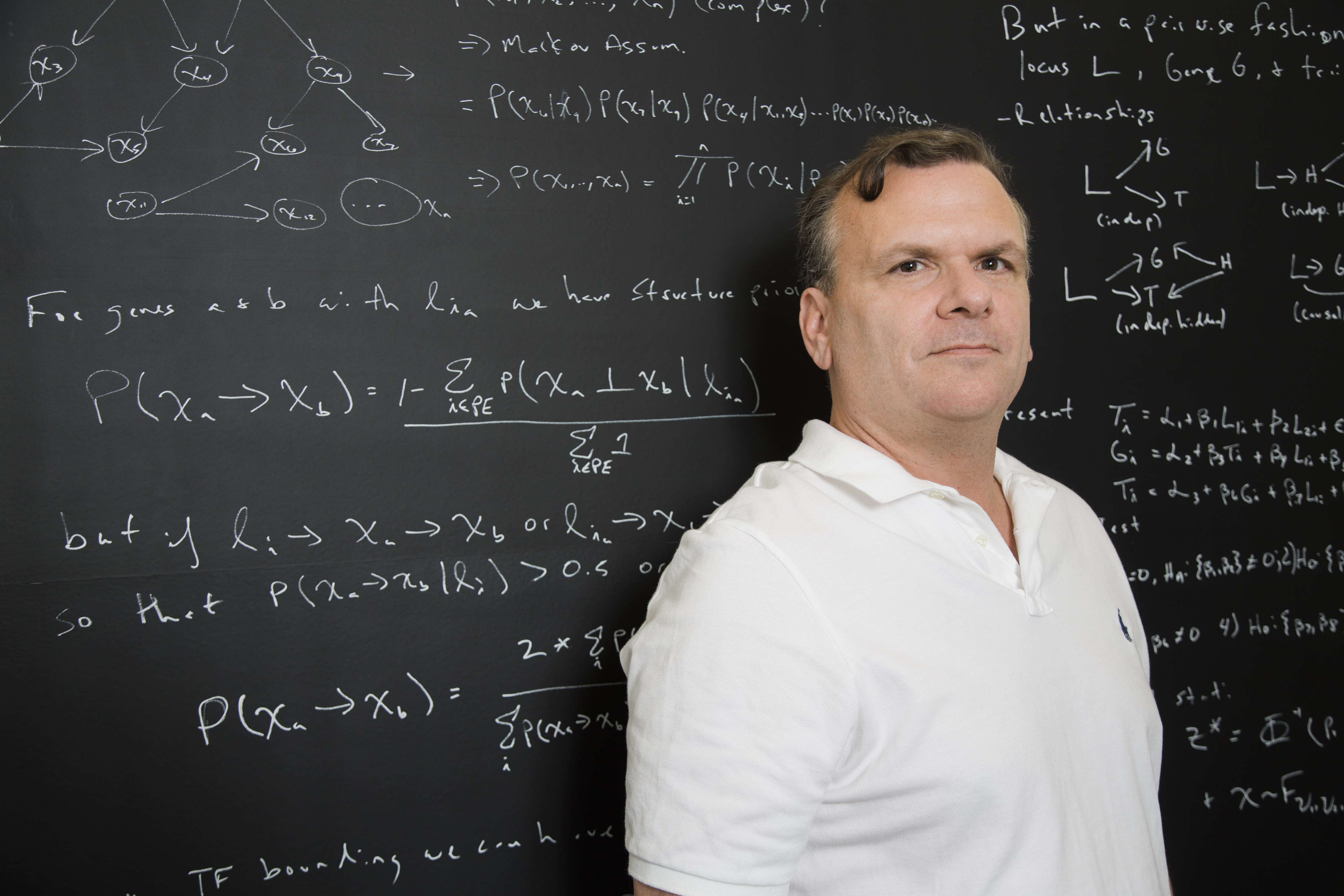Sema4, the Stamford, Conn.-based digital healthcare company now worth just over $1 billion, takes its name from the system of sending messages via code.
And like its namesake, Sema4 is trying to send messages of its own to the broader healthcare system based on the signals it uncovers in massive datasets of population health that can reveal insights and best practices, according to the company’s founding chief executive, Eric Schadt.
Spun out from the Mt. Sinai Health System in June 2017, Sema4 is the second digital healthcare company in a week to reach a billion dollar valuation from investors (Ro, too, is now worth over $1 billion). In this case, Sema4’s $121 million financing came from BlackRock, Deerfield and Moore Capital, and follows only twelve months after another $120 million institutional financing from investors including Blackstone, Section 32, Oak HC/FT, Decheng, and the Connecticut Innovation Fund.
The company’s ability to attract capital may have something to do with a business model that’s managed to amass nearly 10 million patient records through partnerships with ten major health systems and several hundred thousand more patients through a strategy that has the company offer direct insights to patients as part of enhanced care services.
“My effort centered on… how do we aggregate bigger and bigger sources of data to better inform patients around their health and wellness,” said Schadt.

Sema4 chief executive Eric Shcadt. Image Credit: Sema4
Sema4 works with physicians to provide analysis of genetic data so doctors can make informed decisions on what care would work best with their patients. “We’re providing a meaningful service on behalf of the physician and it’s a service that the physician wants us to do because they’re generally not adept at the genomics,” said Schadt.
The company provides screening services for reproductive health and oncology as two of its core competencies, acting as a single point of care to collect and store information in a way that’s easily portable for patients, Schadt said
“We play in the testing arena as a growth hack engine to engage patients and generating high amounts of quality data and seek to engage with them to get to higher scales to build the biggest models to get what [doctors] need on any condition of interest,” he said.
Sema4 is currently working in three areas, reproductive health, precision oncology, and now COVID-19. In April, the company had no ability to analyze tests for COVID-19, but did have lab space that was certified to perform the necessary analysis. Now, the company can handle15,000 tests per day.
As a result of the round, Andrew Elbardissi, a managing partner at Deerfield, as joined Sema4’s board of directors. Other recent additions to the board include Mike Pellini, the former chief executive of Foundation Medicine and current investor at Section32 (the venture firm launched by former Google Ventures head Bill Maris); former principal deputy commissioner of the Food and Drug Administration, Rachel Sherman; and former Goldman Sachs chief financial officer, Marty Chavez.
“Sema4 is a leader at the forefront of one of the most exciting intersections in healthcare – the application of technology, AI and machine learning to help improve patient outcomes. We are excited to support this talented management team as Sema4 begins its next phase of growth,” said Will Abacassis, Managing Director at BlackRock, in a statement.
Goldman Sachs acted as a financial advisor to Sema4 on the transaction.
Comments
Post a Comment